Red mud is defined as a toxic byproduct of the production of aluminum, one of the most important metals in the global world. Millions of tons are produced every year and the quantities produced are growing day by day. The process of new aluminum, i.e. unrecycled metal, produces a lot of red mud waste, mostly from an ore called bauxite. This produced substance is often stored in landfills, lakes or dried mounds and poses a serious environmental risk.
Using an electric arc furnace similar to those in the steel industry, scientists at the German research center Max-Planck-Institut für Eisenforschung converted the iron oxide hydrogen plasma contained in the red mud into iron. With this innovative method, scientists extracted approximately 700 million carbon dioxide from the four billion tons of red mud accumulated worldwide. produced steel that does not contain (purified steel).
Conventional steel and aluminum production methods pose significant environmental challenges, with the steel industry alone accounting for eight percent of the global market's carbon dioxide emissions, while aluminum production produces vast amounts of alkaline red mud containing traces of heavy metals. Improper disposal methods such as landfilling; It can trigger risks associated with red mud and lead to environmental disasters, such as the events in China in 2012 and Hungary in 2010.
"Steel industry can save 1.5 billion tons of carbon dioxide"
Matic Jovičevič-Klug, the scientist involved in the research, emphasized the dual benefits of their process; “Our process could simultaneously solve the waste problem in aluminum production and improve the carbon footprint of the steel industry.” said. Research group member Isnaldi Souza Filho said: "If green hydrogen was used to produce iron from the four billion tonnes of red mud produced so far in global aluminum production, the steel industry could save almost 1.5 billion tonnes of carbon dioxide." said.
The study, published in the journal Nature, shows how red mud could be a valuable raw material for steel production, given its high iron oxide content. Iron oxide is converted by plasma reduction into pure iron suitable for steel production.
Using green hydrogen as a reducing agent not only eliminates carbon dioxide but also makes the process economically viable. Even with a mix of electricity derived partly from renewable sources, the process is proven to be beneficial when red mud contains 50 percent or more iron oxide.
Moreover, considering the costs associated with disposing of red mud, a lower iron oxide content of 35 percent also becomes economically viable. The competitive pricing of the resulting iron underscores the economic viability of the process even with green hydrogen and electricity.
Beyond the environmental benefits, the process neutralizes the heavy metals found in red mud, offering the potential for their separation and reuse. From a practical perspective, the widespread use of electric arc furnaces in the metal industry makes it easier to adopt this method with minimal additional investment.
Dierk Raabe, Director of the Max-Planck Institute for Iron Research, emphasizes the importance of taking economic factors into account in his studies and leaves the decision to adopt plasma reduction of red mud to iron to the industry.
Research offers a promising way to transform waste into a valuable resource while significantly reducing environmental impact, MGP said. With its dual benefits of reducing waste from aluminum production and carbon dioxide emissions from the steel industry, the process stands as a testament to sustainable innovation. As the world grapples with the imperative to decarbonize industrial processes, initiatives like these offer hope for a greener future.


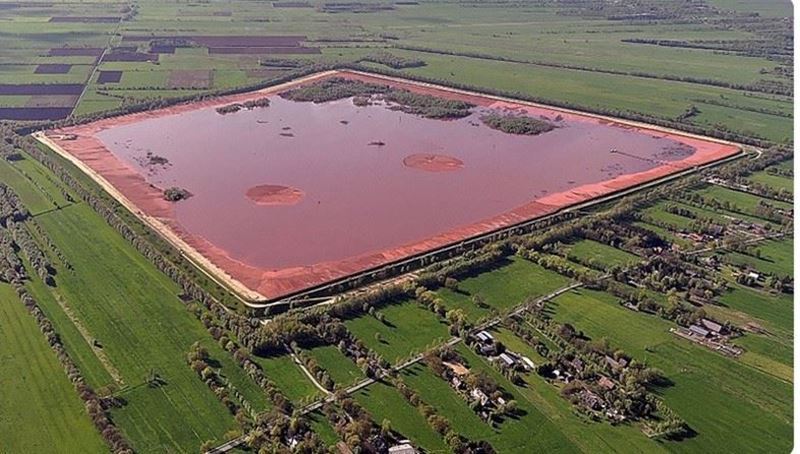

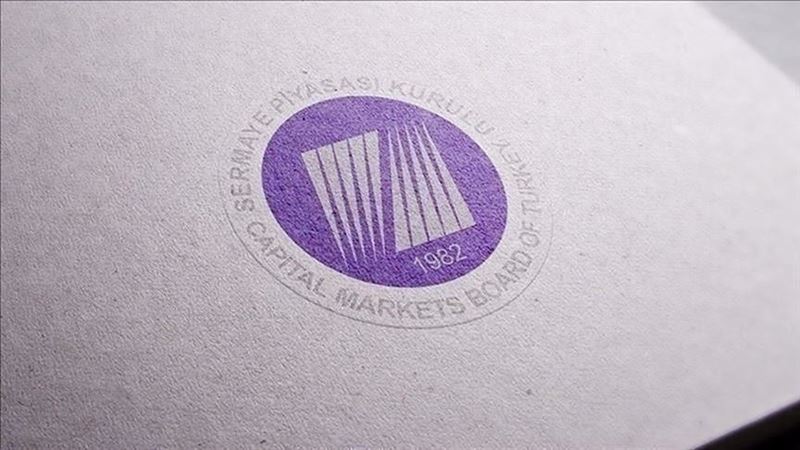
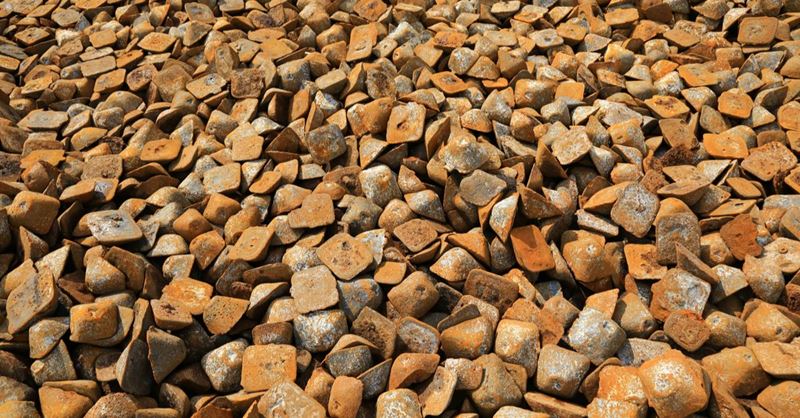
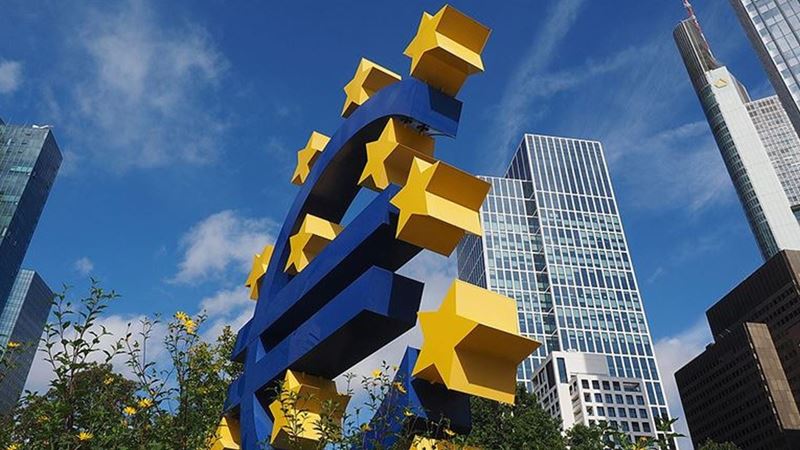
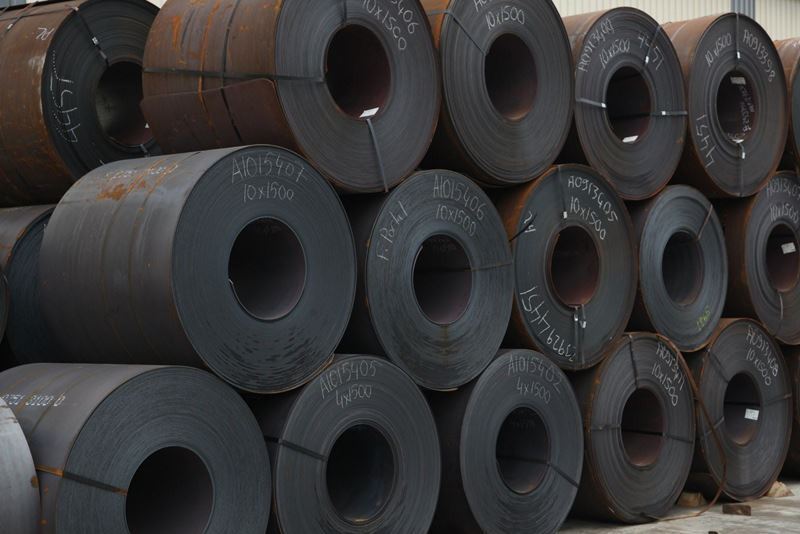
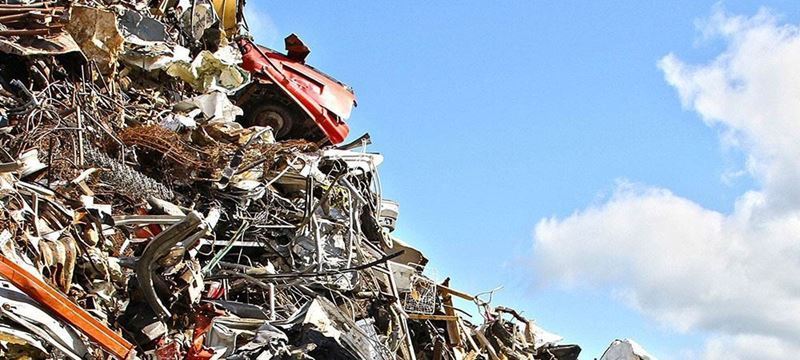

Comments
No comment yet.